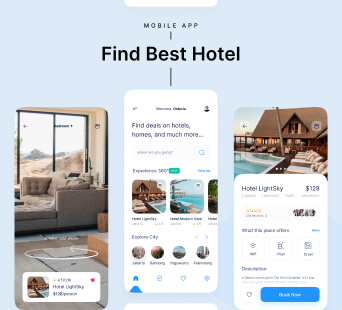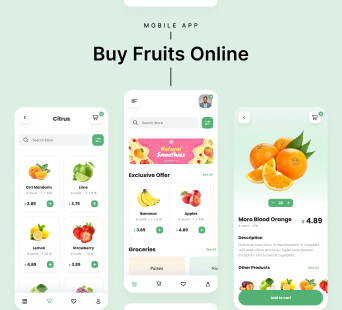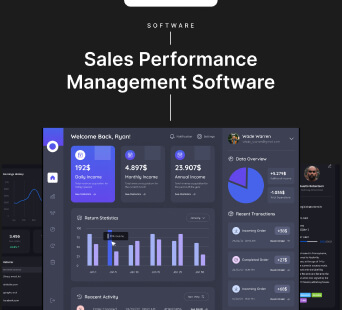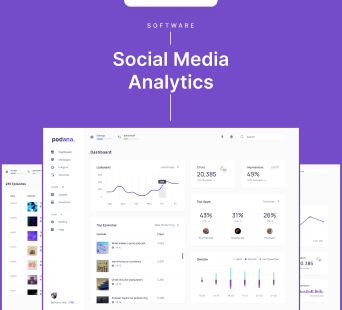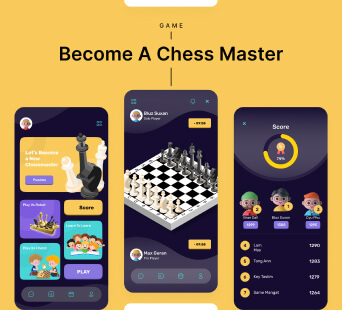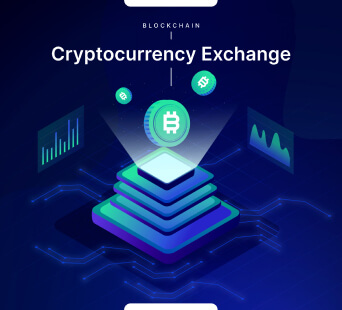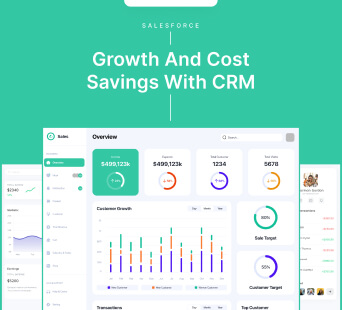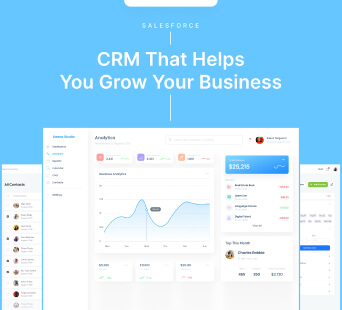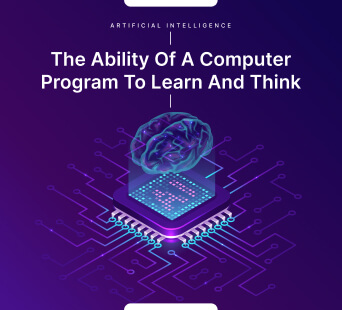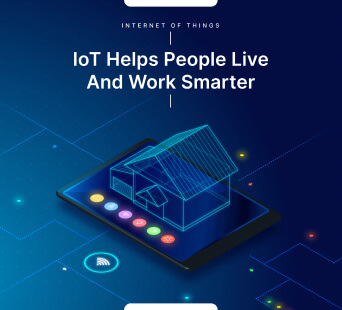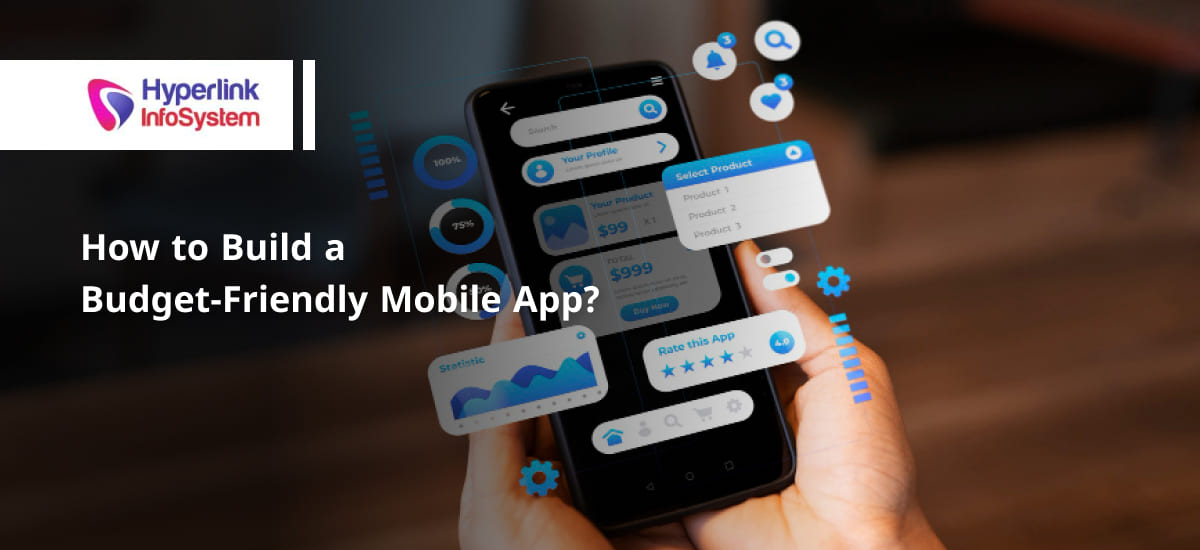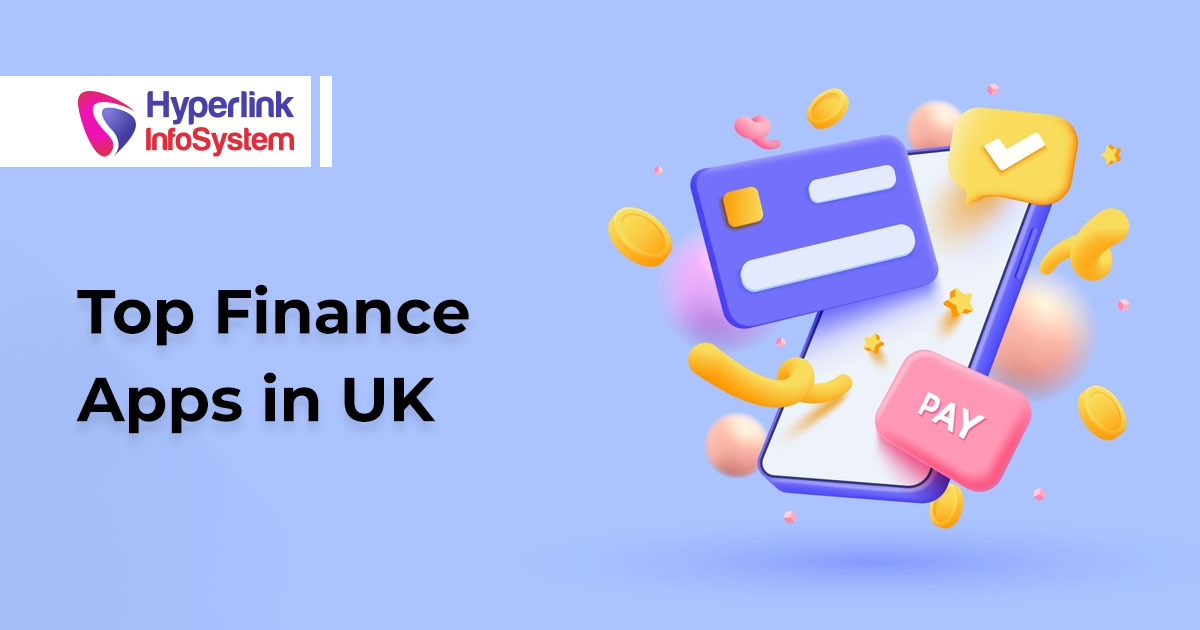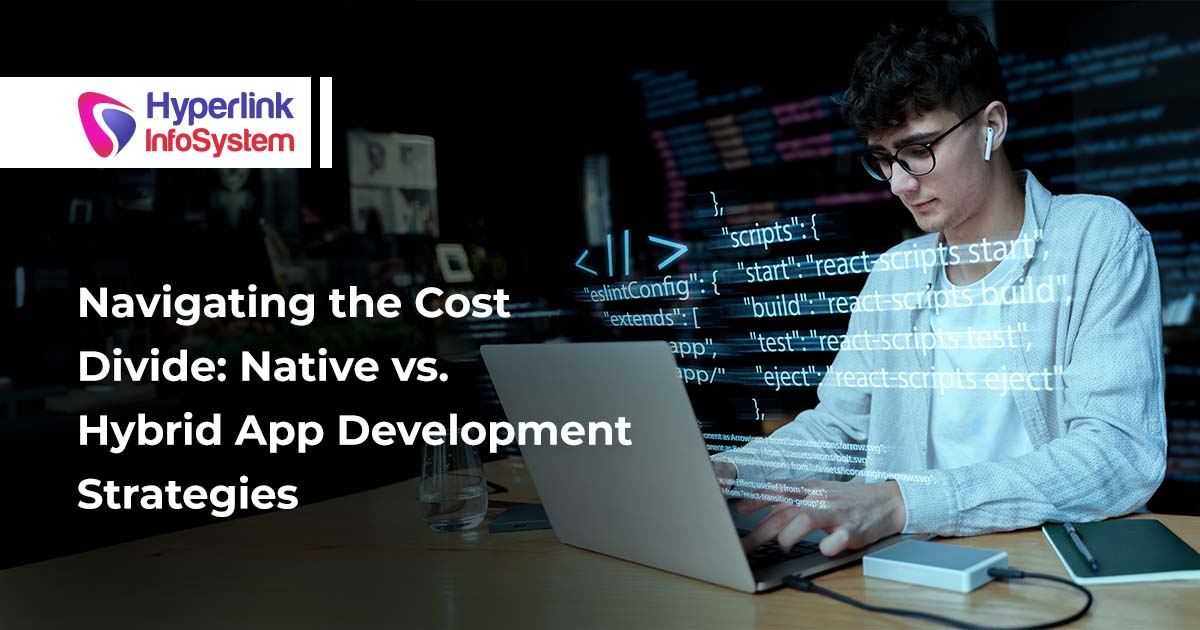Many organizations lack the skills to develop, manage, and deploy IoT solutions, especially in data analytics and cybersecurity. Communication and problem-solving skills are also important areas to keep in mind.
Many companies have great hopes for the Internet of Things. After all, it does much more than collect data with sensors of different types. The range of advantages extends from small process improvements, which often add up to a considerable amount, to disruptive, new business models. With the help of the cloud, it is possible to flexibly maintain computing and storage capacity and develop and implement your own applications quickly.
The Internet of Things or Internet of Things (IoT) is the set of interconnected electronic devices and sensors that are responsible for measuring, collecting and sending data to a centralized server or to the cloud. Once this data is processed and the information that is considered important has been extracted, the IoT devices can receive a series of instructions to carry out a certain action from the server or the cloud.
The big data and machine learning are used for the treatment and study of data to give a consistent response to these uses of artificial intelligence. The IoT encompasses everything from temperature or presence sensors to control heating or light in homes, and automated industrial systems for transporting products on a global scale.
An IoT device is characterized by being a small electronic system equipped with a processor, sensors that allow it to measure the environment, actuators that allow it to perform certain actions in response to the data received, and communication modules via cable, Wi-Fi or Bluetooth. All these features allow it to communicate and cooperate with other devices, to be easily remotely configurable and traceable, both physically and in the network of which they are part.
Benefits Of IoT Development For Companies
Obtain Valuable Information
As more and more devices and machines are connected to the network, companies can quickly gain valuable data processes. You collect measurement data for the maintenance of machines or receive information for efficient resource planning. These findings flow into the optimization of production and business processes.
Keep Offers Up To Date
Thanks to the Internet of Things, devices can easily be kept up to date with the latest technology. With a simple software update, new functions can be added with little effort.
Make The Interaction With Products More Intuitive
Manual interfaces have been widespread for many years: Whether keyboard and mouse or the television's remote control. Only recently have touchscreens made it possible to operate tablets and smartphones intuitively using gesture control. Voice control makes it even easier to interact with apps or household devices.
With the introduction of speech recognition in smartphones and smart home speakers, developers have been given a means of integrating speech and text-based interfaces into applications. Sophisticated chatbots communicate with users and give them answers. Humans and machines interact more and more directly, without a visible user interface between them.
Giving Employees An Overview
The Internet of Things makes it easier to consolidate information and make it available centrally: IoT has enabled creating an app that doctors and nurses can manage patient data. Medical devices such as blood pressure monitors or medication dispensers are also connected to the cloud. The clinic staff can obtain comprehensive information on the patient's condition on a central platform.
Common Uses Of IoT Development
To be more explicit about the scope of the Internet of Things, Here are some of its most frequent applications:
- Wearables: They are small, efficient devices and equipped with the hardware to take different measurements. There are combat metric gloves, fitness bracelets, virtual glasses, GPS tracking belts, and more.
- Livestock And Agriculture: IoT devices are already being applied to automate essential activities, such as irrigation, pest detection, harvest phase, among others. It is also used to care for animals, feed them and locate them (geolocation).
- Logistics Operations: This technology has prompted better monitoring of merchandise and transportation. It also contributes to conserving the load, geolocation, route optimization, and having real-time traffic reports.
- Maintenance: It is possible to predict failures through the use of artificial intelligence algorithms (deep learning or machine learning). IoT sensors provide information to determine if there is a problem with a device or its measurement is out of range.
- Health: Applicable to both pets and humans, the Internet of Things is used for applications to measure and detect variations in vital signs. This facilitates the work of administering medications in an automated way.
Hyperlink InfoSystem: Top IoT Development Company In UK
The aspects of IoT development are diverse. For the development, companies should turn to an experienced service provider such as Hyperlink InfoSystem. The company got established in 2011, and we have already successfully implemented numerous ideas and have extensive practical experience. Regardless of the complexity of the project, we are the right agency for you. Hyperlink InfoSystem has so far been able to master every challenge to the satisfaction of its customers.
The rise of IoT devices is due to the popularity of smart mobile phones and virtual assistants, as well as the increasing presence of devices that incorporate such technology, such as household appliances, Smart TV's, video surveillance cameras, etc.
Top Industries Leveraging IoT
There are various sectors where IoT are currently being applied. Here are a few:
- Smart Homes & Buildings
- Energy & Utilities Industry
- Transportation And Logistics
- Finance
- Retail
- Hospitality
- Healthcare
- Agriculture, Livestock And Forestry
- Manufacturing
- Automobile Industry
- Video Surveillance And Security
- Automation And Control Of Production Processes





